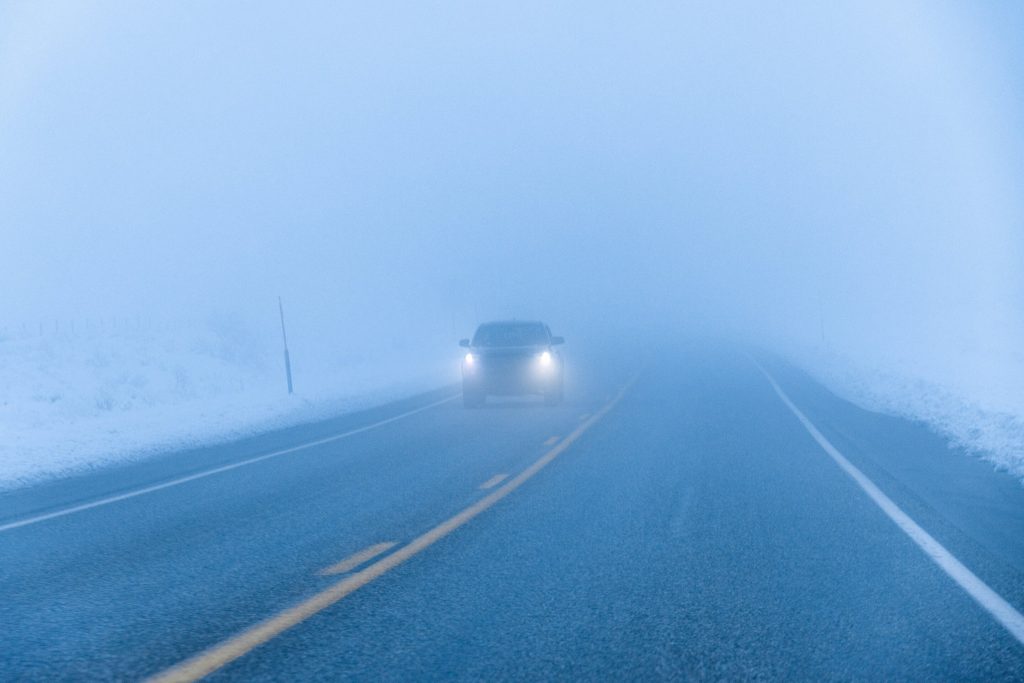For autonomous cars to be able to navigate, their optic sensors—like cameras and lasers—require a clear view. Now, researchers at Örebro University have successfully improved the precision of radar sensors for navigation to such a degree that the sensors can be used in autonomous cars, making them for safe driving whatever the weather.
Daniel Adolfsson, a doctoral student in computer science at Örebro University, explains that radar has the advantage of functioning in all weather conditions and being able to “see” through smoke and dust.
Thanks to a new technique, an autonomous vehicle can determine its location with an accuracy of one meter after traveling 100 meters, which is an improvement of one meter over the positioning system of radar sensors.
“Reducing the error margin from 2 to 1 percent is a huge step forward. The method is both very quick and precise, which is just the ticket if autonomous robots are to interact safely with humans and other robots,” says Daniel Adolfsson.
At present, laser sensors are commonly used for autonomous vehicle navigation.
However, radar sensors are now closing in on the level of accuracy that can be achieved with lasers. This means that radar sensors could replace lasers in vehicles that must operate in poor visibility conditions, as radar sensors can penetrate smoke, dust, and fog.
“Our work with improving the precision of radar sensors can lead to autonomous cars being able to drive safely no matter the weather conditions. It can also prove useful within the construction and mining industries where autonomous heavy-duty machinery must be able to operate in environments with a lot of dust,” Adolfsson added.
Adolfsson believes that this development could lead to autonomous vehicles being able to operate safely in all weather conditions, and it could also benefit the construction and mining industries by enabling heavy-duty machinery to operate in dusty environments.
Using radar sensors, it is now also possible for autonomous robots to create their own maps—an essential piece of the puzzle to create reliable robots that are perceptive of their surroundings. These maps also play an important role in robots’ ability to communicate with one another.
“The goal is to create maps that these robots can understand and position themselves in, only by using radar sensors,” says Daniel Adolfsson.
As part of his doctoral project, he is also studying how to prevent errors from happening when robots map out their surroundings.
“Ultimately, there will be some errors. The important thing is that we create robust systems that can detect and correct them when they do happen.”

